Class of 2020 | mswick@wharton.upenn.edu
Over the past several years, all eyes in Private Equity and Venture Capital have focused on the technology boom in Silicon Valley. Since the advent of mobile applications, Silicon Valley has been a hub for applications revolutionizing the way we live. From some of the most pervasive social media platforms (Instagram, Snapchat), to novel business models reshaping entire industries (Uber, Airbnb), Silicon Valley has become synonymous with disruption. Venture capital firms have played a vital role in this burst of innovation by providing massive capital infusions to support R&D efforts and help companies develop more advanced software infrastructure. In 2014 alone, 43% of money transacted in venture capital deals flowed to companies based in Silicon Valley. In recent history, many of the transactions have revolved around consumer finance firms such as Spruce Finance and Social Finance, which raised $180 and $150 million, respectively, from prominent VC firms.
This year, a marked transition from soft-tech to hard-tech has altered the nature of venture capital transactions in Silicon Valley. Though the region continues to receive the world’s most concentrated inflow of capital from private equity and venture capital firms, these funds have been redirected from traditional mobile applications to hard-tech developments. It has been nearly a decade since the smartphone sparked a startup gold rush, and the general sentiment across venture capital is that the boom-and-bust investing cycle for the smartphone is coming to an end. The “Patterson Cycle,” developed by Arthur Patterson, co-founder of Accel Partners, describes how developments in Silicon Valley are typically characterized by about eight years of growth followed by six years of retrenchment. The mobile application space has become saturated with multiple applications for every feasible idea, leaving limited room for explosive growth and industry disruption.
Figure 5: VC Funding in Startups Over Time
Investors have now set their sights on a new frontier: the next revolution in hard-tech. Venture capital firms are pouring funds into companies in agriculture, robotics, AI, and aerospace, in an attempt to discover the next development breakthrough development. As Steve Jurvetson of Draper Fisher Jurvetson explains, “a ridiculous amount of money will be lost foraging into all these areas, but the greatest opportunities are in those sectors.” Though it is not as clear cut as app development, exploring technological innovations such as self-driving cards, cryptocurrencies, drones, robotics and virtual reality can uncover the most lucrative opportunities available.
While the upside is incredibly bright, the movement to hard-tech comes with added risks. Hard-tech firms require more expertise, larger teams, and substantially more time and money. Further, successful hard-tech innovations usually become integrated into the operations of large corporations, rather than emerging into corporate giants themselves. Just a few weeks ago, on October 24th, Google acquired VR company Eyefluence. Likewise, Apple, Microsoft, IBM and a number of other major corporations have acquired up-and-coming companies in hard tech.
While the path to profits is longwinded, the room for potential is limitless. As the Patterson cycle continues to come to fruition, investments in applications and software development will take a backseat to investments in new technology in various sectors. While many of their investments will fail, the select PEVC firms who hone in on successful companies and ideas will be the driving forces behind revolutionary changes in the way we live.
Figure 6: Smartphone and PC Shipments



